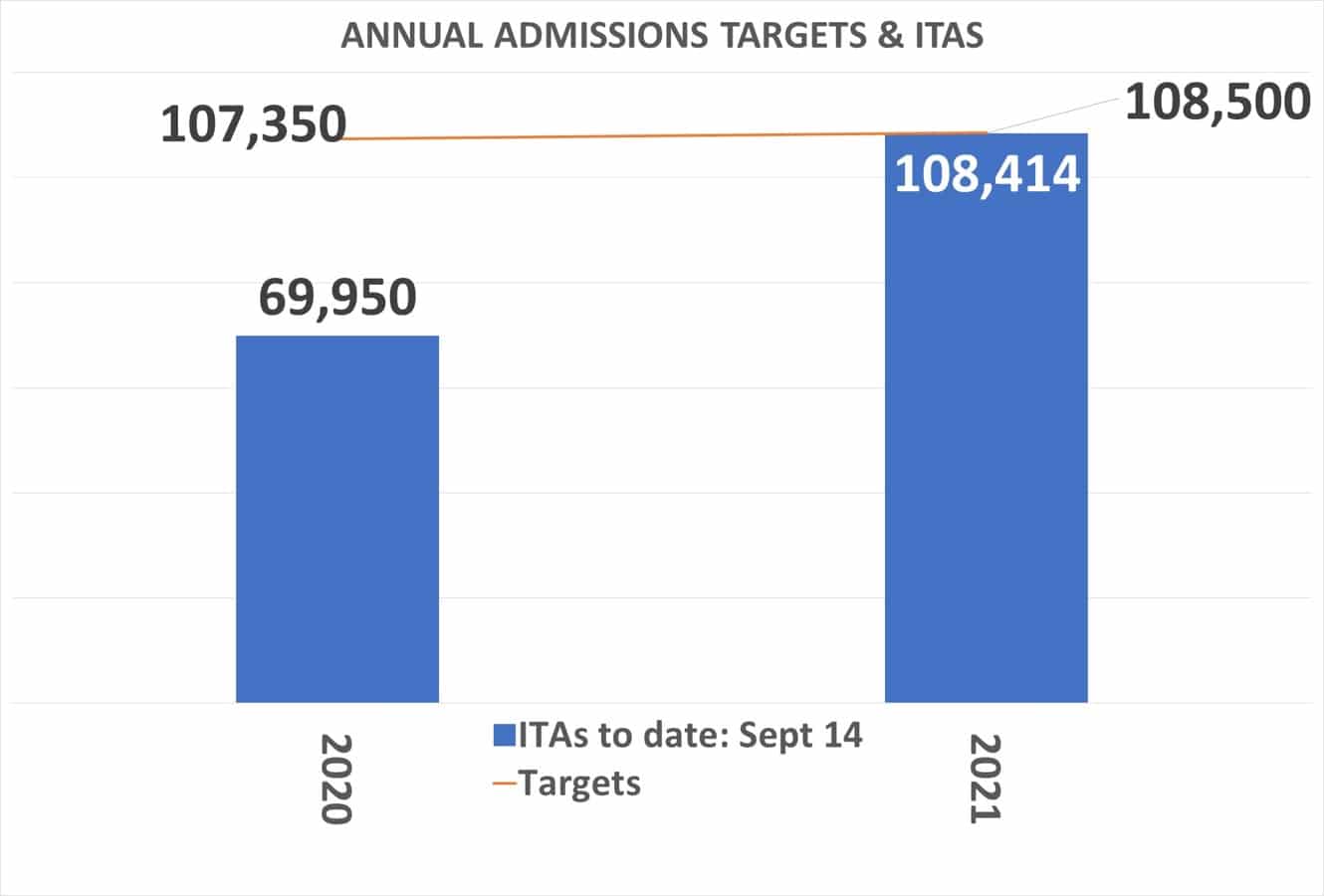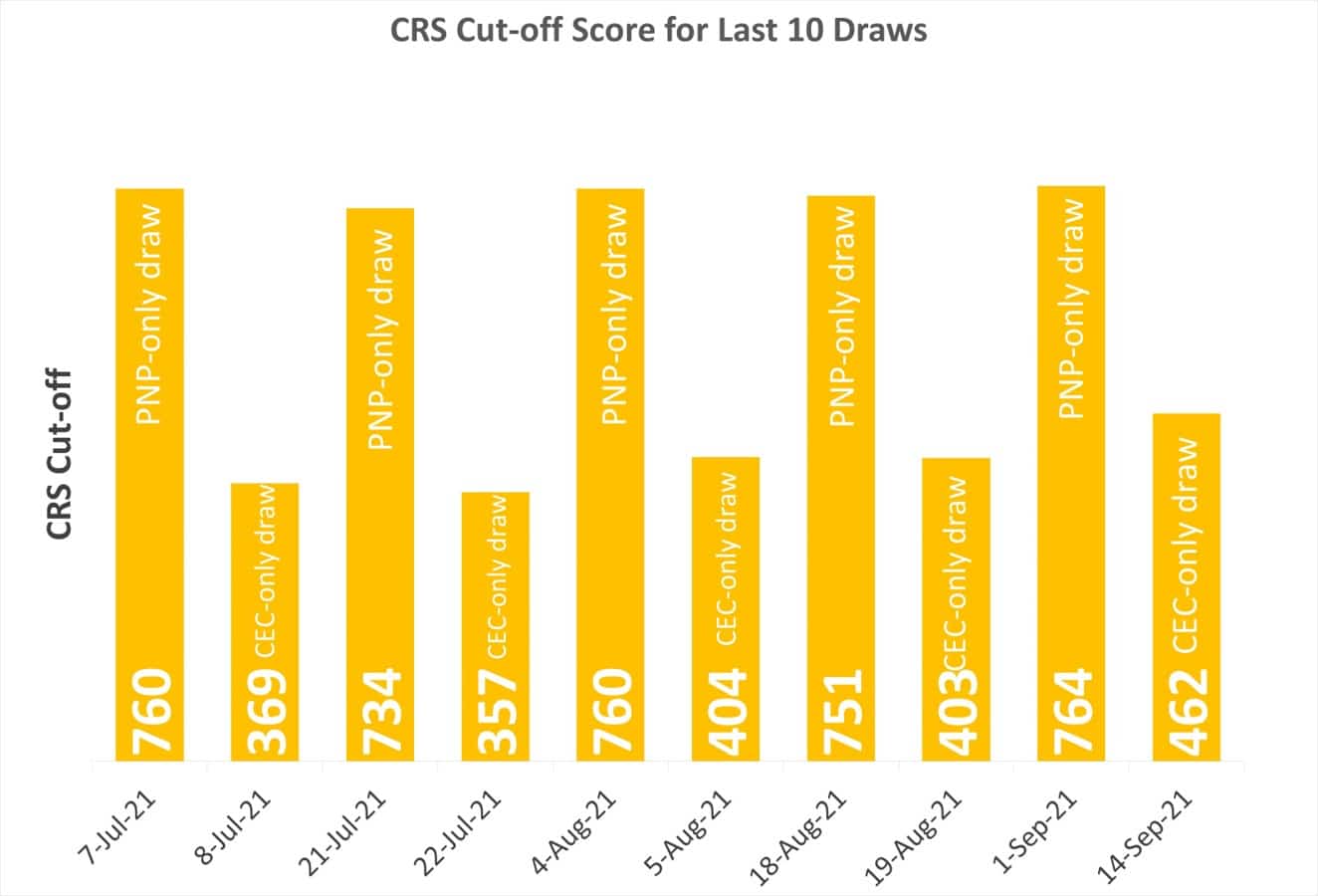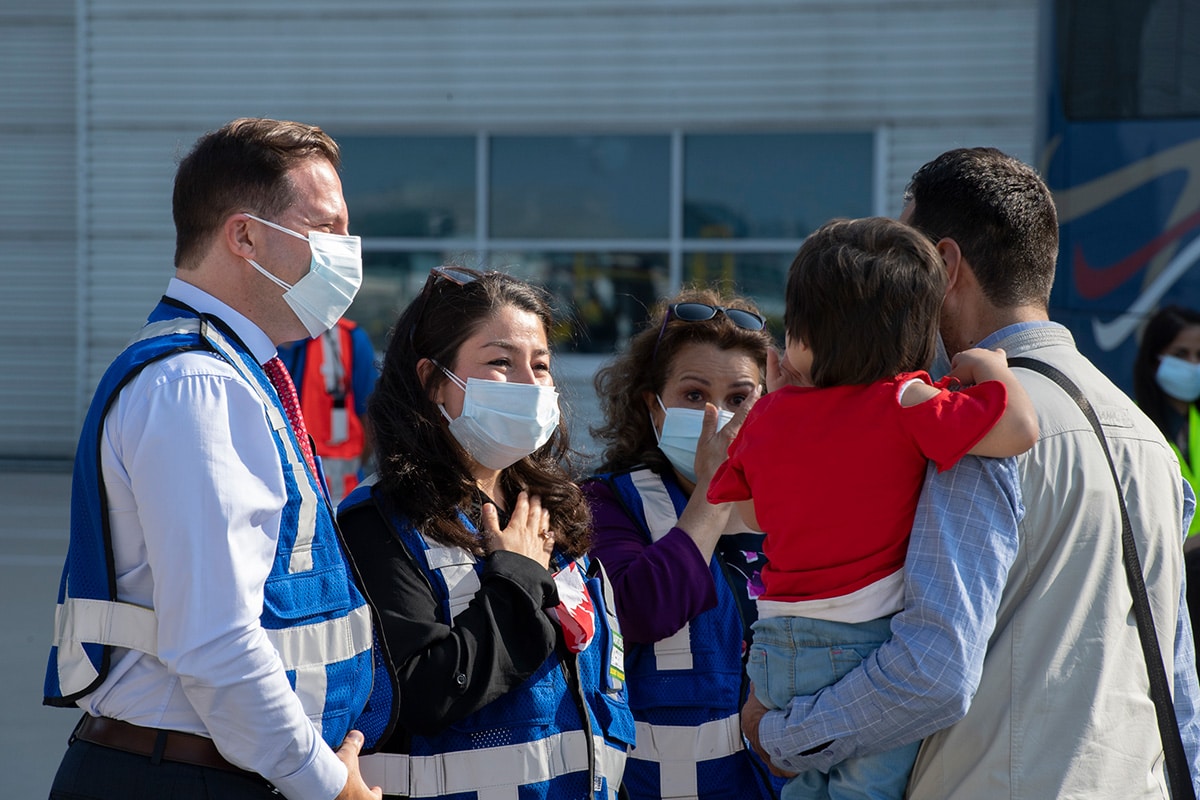The new way Canada classifies occupations will affect some economic class and temporary foreign worker applicants.

Canada’s immigration system will overhaul the way it classifies occupations in fall 2022.
The changes will affect some economic class and foreign worker applicants, although the federal government has yet to communicate which sorts of applicants will be affected.
Canada’s system for categorizing occupations is called the National Occupational Classification (NOC). The NOC is reviewed every year, and updated every five years to ensure it reflects Canada’s changing labour market. It gets overhauled about every 10 years, making the new edition the biggest upgrade since 2011. Statistics Canada released its new NOC 2021 publication last month.
The NOC is important for Canadian immigration since it is used by federal and provincial governments to manage skilled worker immigration programs and the Temporary Foreign Worker Program (TFWP). An immigrant or temporary foreign worker must meet the NOC eligibility criteria of the program they are applying to.
For instance, under Express Entry, skilled worker immigration applicants must demonstrate they have work experience in a NOC that falls under one of the following codes:
- NOC 0: Skill type 0 jobs are usually managerial in nature;
- NOC A: Skill type A jobs are professional in nature and usually require a university degree; or
- NOC B: Skill type B jobs are skilled trades occupations that usually require a college diploma or training as an apprentice.
The department of Immigration, Refugees and Citizenship Canada (IRCC), and Canada’s provinces and territories, currently use NOC 2016 to assess eligibility for skilled worker immigration programs.
The department of Employment and Social Development Canada (ESDC) has also been using NOC 2016 to evaluate Labour Market Impact Assessment (LMIA) applications.
New TEER system replaces NOC skill levels
Rather than the current approach of categorizing jobs based on skill type, the Canadian government will now categorize jobs based on a new Training, Education, Experience and Responsibilities (TEER) system.
Currently, NOC skill levels fall under four categories: A, B, C, and D.
NOC 2021 moves away from this approach and introduces the TEER system which has six categories: TEER category 0, 1, 2, 3, 4, and 5.
| TEER 0 |
|
| TEER 1 |
|
| TEER 2 |
|
| TEER 3 |
|
| TEER 4 |
|
| TEER 5 |
|















